RPM stands for Revolutions Per Minute and is a great way to know how hard your engine is working.
The most common way to test for RPM is by using a tachometer. However, many of us don’t have this around the house.
However, we often have multimeters which we can create a workaround to test for.
What are the best multimeters for this test?I highly suggest the Fluke brand as they have true RMS, which gives you accurate readings and removes any “noise” or electrical interference.
Below are some of the best ones which also measure Frequency (Hz):
Fluke 87-V (Read My Review)
Fluke 115 (Read My Review)
Fluke 116 (Read My Review)
Fluke 179 (Read My Review)
Fluke 87-V Review
Fluke 87-VSee Customer Owner Feedback >>
Fluke 115 Review
Fluke 115Advertisements
See Customer Owner Feedback >>
Fluke 116 Review
Fluke 116See Customer Owner Feedback >>
Fluke 179 Review
Fluke 179See Customer Owner Feedback >>
What you needBefore you get started with measuring an engine’s RPM with a multimeter you have to ensure you have the following items:
This is not a standard test done with a multimeter and thus you should use all protective gear including eye cover and electrical gloves.
When doing this test, we are using the multimeters ability to detect the RPM signals via a wire and taking advantage of the high level of electromagnetic interference produced by the ignition systems. With that said, the spark plug wires, in general, have a very high level of voltage so caution is extremely advised.
How to do the testFollow these steps to complete the test:
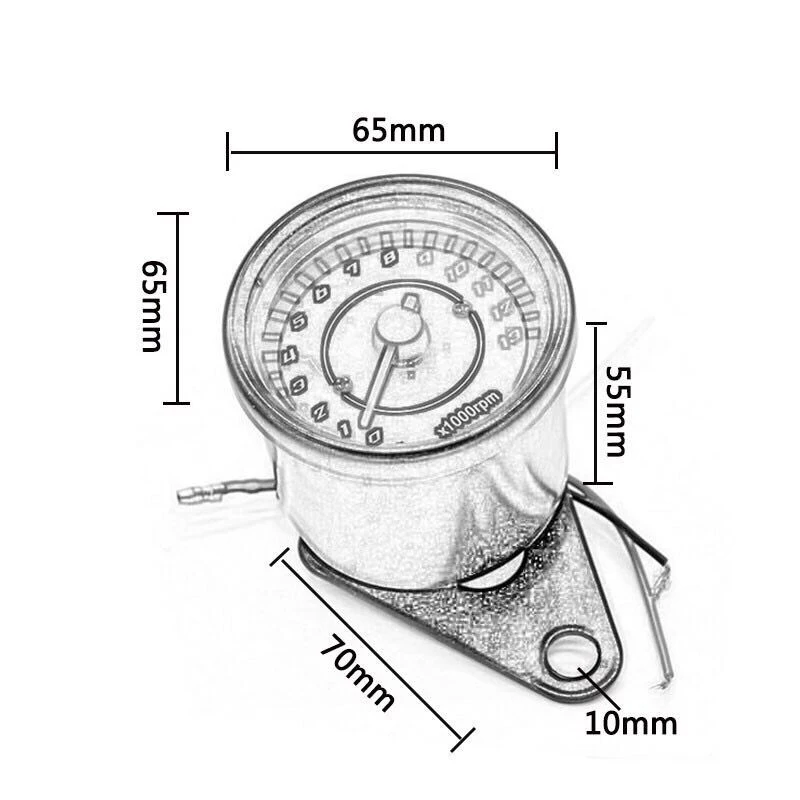
As you do the test above, your multimeter will show results on the screen. You’ll need to write down these results. They will be shown to you in hertz(frequency) but you still need to convert them to get RPM.
The results shown will show you the pulses per second but RPM will need a simple calculation x60 to get the actual RPM.
As a couple examples:
There’s a well-known issue in some 2/4 stroke engines which is called a wasted spark which makes the results of any frequency test show twice the amount that’s needed.
While there are ways around this to change it, the best suggested solution is if your results look to be double the expected, then just divide by 2.
Play around with the wireIf the test does not seem to be working, sometimes the length of the wire has been an issue in which I was able to shorten or lengthen it a bit.
Also, the thickness of the wire often became an issue which trying a thinner metal wire worked better depending on the engine.
Give it some time and play around with it a bit and you’ll get it to work out in the end.
Frequently Asked QuestionsHow to measure car engine rpm (Best way to measure engine rpm)?You can measure car engine RPM in two ways.
The first one is with a tachometer.It is the easiest way, but there is also room for mistake when doing this because tachometers can sometimes be not so reliable.
If your tachometer is broken or you suspect that it gives out false readings, you can replace the tachometer with a new one and use the new one to measure rotations per minute. However, this can be an unreliable method because the source of the false readings could be in something else.
However, this can be an unreliable method because the source of the false readings could be in something else.
You can also use an automotive multimeter to measure car engine RPM.
In the case that the first two tests prove inconclusive, this will definitely help you to pinpoint the cause of the problem and to repair it, or if that proves to be impossible, to replace it. Measuring car RPM with a multimeter does require a bit of knowledge, but you can find everything you need in the article above.
Automotive multimeters are accurate, and even the cheaper models will give you readings that are more accurate than an average tachometer. Even if your tachometer proves to be in order, it would be a good thing to test the RPM with a multimeter from time to time.
How to measure motorcycle engine rpm?You could measure motorcycle engine RPM with a multimeter, or with a tachometer.
Some motorcycles come with a plug that makes it possible for the user to add a high accuracy tachometer.
If your motorcycle doesn’t have that plug, don’t attempt to install the tachometer by yourself because you risk serious injury if are not exactly sure what are you doing, both while doing that and when driving a vehicle that was modified in that way.
Advertisements
You can use an automotive multimeter to measure motorcycle engine RPM.
Basically, the whole process is almost entirely the same as with car engines. The article above can provide you with excellent information on that subject.
Since motorcycle drivers need more accuracy when it comes to tachometers, tachometers made for use on motorcycles are designed and built to be more accurate than those built for cars. It is easier to measure motorcycle engine RPM with a tachometer, but tachometers on motorcycles can become inaccurate too, so that leaves you the possibility to do this with a multimeter.
Other than that, motorcycle engines operate in the same way as car engines do, and the entire process should be the same.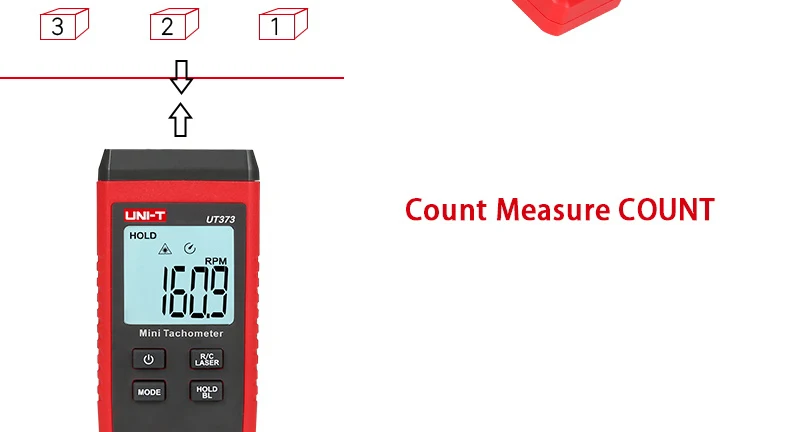 If you get confused, you can always contact a car mechanic.
If you get confused, you can always contact a car mechanic.
To measure RPM means to measure rotations per minute. Every internal combustion engine works by injecting small amounts of gas into a cylinder.
The inside of the cylinder is a vacuumed space. When gas is injected, it is lit up by a spark, and since gas is usually supplemented with small amounts of oxidizer, it explodes. When a drop of gas explodes in a cylinder, large amounts of force are released.
The cylinder is built so that force has nowhere to move, except up, and in an upper (or lower part, depending on the engine) part is another movable cylinder.
The force from the explosion moves that cylinder up, and that force the moves the crankshaft. Crankshaft rotates and translates the force to the wheels, and that makes it possible for the car move.
Rotations that the crankshaft produces (all vehicles have more than one crankshaft) are measured because they are an indicator of any problems, and there could be a variety of them.
A difference in rotations per minute can mean that gas is not oxidized enough, or of good quality, that the cylinder isn’t lubricated, that a screw has loosened up on the crankshaft, literally, a million things could be the problem.
Since rotations per minute are an excellent indicator of the state of the vehicle, it is important to monitor them yourself, or at a licensed car mechanic.
How does rpm affect car performance?For a detailed explanation of the term rotations per minute, and to get some context on how an internal combustion engine works, please check out the paragraph under the’ What does engine RPM actually measure?’ question. If you have read that, let’s continue on.
RPM can affect car performance in a variety of ways. The most important, and most common vehicle feature affected by rotations per minute is the acceleration of the vehicle. Basically, if RPM is too low, the vehicle won’t move. And that’s about it when it comes to low RPM.
In cases where the RPM is too high, a lot of things could happen. The vehicle could become overresponsive, there’s even a slight chance that the engine could explode, but don’t worry, in most cases, it will overheat, and smoke will start to come out from under the hood of your car. I will use the example of the smoke to explain this in greater detail.
The smoke won’t come from too many rotations, but from the cause of too many rotations and the cause can be overpotent fuel, or more commonly, an old engine that lost the state of vacuum in the cylinder.
Since additional oxygen from the outside comes in, it causes more potent explosions, the cylinder can’t handle that, and the smoke has to come out because it has nowhere else to go.
How to measure engine rpm without a tachometer?It is easiest to measure rotations per minute with the tachometer, but if your tachometer is broken, or you think that there is a problem in regards to the tachometer’s accuracy originating from somewhere in between the tachometer and the engine, you can always use a multimeter.
The article entitled ‘How to measure engine RPM with a multimeter’ will help you in regards to that.
Automotive multimeters are truly an excellent choice when it comes to measuring engine RPM, be it on your car on your motorcycle, if you know how to do it right, the results will be better than if you had seen the result on a tachometer, especially if you have had one of those tachometers that didn’t show the precise value, but had the rotating dial instead.
If you are concerned about your safety, you don’t have to be. When it comes to the danger of electric shock, in most cases, there isn’t any, but you check for your model online, just to be certain.
If you are thinking that there could maybe damage your engine, that’s a possibility, especially if you don’t have any experience.
Follow the article describing that in the letter, and if you are still not certain, it would be better if you would contact a professional than cause a car crash.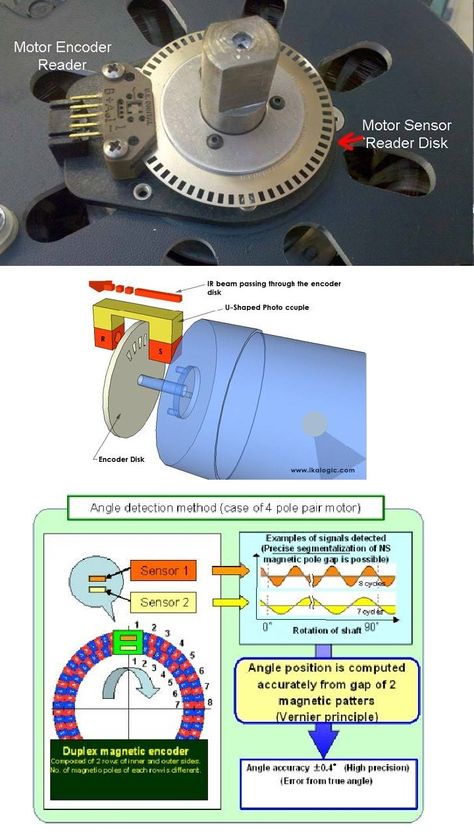
Looking to learn how to test a tachometer with a multimeter?
Fantastic, you are in the right place!
In this ToolsGaloreHQ.com guide, we will show you:
Read the table of contents below before we continue with the rest of the guide on how to test a tachometer with a multimeter.
What you need to know about how to test a tachometer with a multimeterAs you know, the tachometer is basically the rev gauge on your car. It typically is a standard feature of most manual and automatic transmission vehicles.
It’s purpose is to provide the driver a feel for when to change gears. These tachometers are also very common on motorbikes as well.
In an automatic transmission vehicle, technically it is not really required.
However because most people are so used to having it there, it serves more as a cosmetic guide rather than anything else.
Tachometers as you can imagine come in so many different shapes and sizes. Some of them include resistors/capacitors. Other have push buttons on the rear to control cylinder modes etc.
Specifying a tachometer is not that hard – but testing one with a multimeter requires a bit of knowledge. That is why this guide exists.
There are a couple of things you need to know first before we delve into testing your tachometer with a multimeter.
Read More:>>> Top 5 Pocket Multimeters
How your tachometer is wired to the cylindersTypically cars have what is referred to as a 4 stroke engine. See the image below.
What this means is that the engine’s pistons have 4 sequential moves that ultimately produce power and revs. These are:

Typically the tachometer connects to your four cylinders via a control box sensor unit.
Some vehicle manufacturer use a central box to connect the tachometer to all of the cylinders at once.
Be sure to check this to understand how your tachometer connect to cylinders.
Understanding how engine rpm is measured using a tachometerFor a 4 stroke engine you have 1 spark that happen per two strokes. The spark also tends to happen in between the compression and the power stroke.
Therefore you get 2 Revolutions per spark. Now using a multimeter you can measure the Frequency between ground and the tachometer wire (car starter wire).
These two values above can then be combined mathematically to create the RPM value you see on your tachometer.
So basically what is going to happen is that you will get a frequency measurement from your multimeter probe.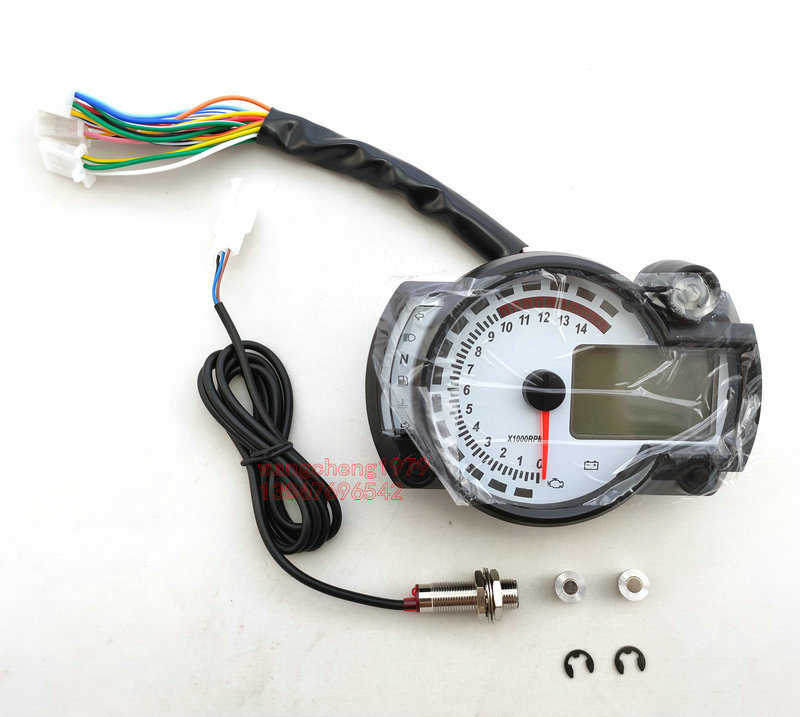
This will then be combined with your type of engine to provide you with an estimate for your RPM as seen below.
Multimeter safetyWhen working with live automotive parts, it is important to make sure that you operate under very strict safety precautions.
You cannot believe how often people put their hands and fingers close to spinning/hot/live electrical parts.
Whenever measuring your tachometer with a multimeter please exercise caution. If you are not comfortable do not be afraid to contact your local mechanic.
Read More:>>> Learn how to test CDI Box with multimeter
Equipment You’ll need to test tachometer with a multimeterIn this first step, switch on your multimeter.
This is followed up by ensuring that you put your multimeter on frequency mode. This is typically shown as a “Hz” value on your multimeters turn dial.
Then what you will do is connect the multimeters’ “black lead” to ground (GND). This is is basically any metallic part that is connected to the cars body.
If you are struggling with this, then your best bet is to connect to the negative lead of the battery.
Once this has been setup correctly, take the “Red Lead” and connect this to one of your tachometer wires on the engine cylinders.
Step 2: Measuring Frequency (Hz)Turn on your engine and let it idle.
At this stage If your tachometer is operating correctly you should see a Hz rating on your multimeter of between 5 to 30 Hz whilst the engine is idling.
It is great if your multimeter also has functionality to provide min and max values.
I have seen that this is a great feature to be able to measure continuously for different revs. And eventually get a maximum and a minimum frequency value that you can use to compare with your rpm measurement.
And eventually get a maximum and a minimum frequency value that you can use to compare with your rpm measurement.
This is the last step. Once you have a frequency there are a couple of things you need to do before converting this into RPM.
Determine if engine is 4 stroke/2 stroke
This is important because if you have a 4 stroke engine then the formula below would apply.
When using a motorcycle it would typically have a two stroke engine
Compare measured frequency value with tachometer reading
This is typically a visual confirmation. Do not worry to much about getting an exact match, however your RPM should be within range +/- 200 revs.
From what I have seen, if you measurement is out of this range, you probably have a faulty tachometer that might need to be fixed or completely replaced.
Read More:>>> Find the best multimeters for automotive usage
Step 4: Test tachometer without running engineThis step is a bonus test. You will need some form of rectifier to provide the signal.
You will need some form of rectifier to provide the signal.
Remove the tachometer completely from the engine housing and detach the electrical wires.
Connect these wires up to your rectifier to create a DC voltage with very high ripples.
Once this is done you can perform the same frequency measurement as you had done in Step 2 above.
Final thoughts on how to test tachometer with a multimeterAs you can see testing a tachometer with a multimeter is not that difficult. All you need is to make sure that you have a good enough multimeter with frequency settings and a min/max hold feature.
Hope this article has helped equip you with the necessary knowledge you would need to test tachometer with a multimeter correctly.
If engine hours were equal to mileage, or simply calculated by the time the engine of a motorcycle (ATV, snowmobile or tractor) was running, no one would ask: what is a motorcycle hour. This question is usually asked by the owners of pit bikes, motocross motorcycles, snowmobiles, quadrics and motorized dogs, and especially motoblocks and motor generators, opening the maintenance manual for their equipment. In the "Kama Sutra" for each specific model of motor vehicles there is a section "Change the engine oil", which indicates the service interval. Specified in kilometers (mileage), hours, or both. In the first and third cases, it is easier to look at the odometer showing the mileage, and in the second - at the hour meter. If the equipment is equipped with it, and it works - everything is in order, you can not bother with how to count these hours, the electronics will calculate everything by itself. In the absence of a counter, you will have to study the theory a little.
This question is usually asked by the owners of pit bikes, motocross motorcycles, snowmobiles, quadrics and motorized dogs, and especially motoblocks and motor generators, opening the maintenance manual for their equipment. In the "Kama Sutra" for each specific model of motor vehicles there is a section "Change the engine oil", which indicates the service interval. Specified in kilometers (mileage), hours, or both. In the first and third cases, it is easier to look at the odometer showing the mileage, and in the second - at the hour meter. If the equipment is equipped with it, and it works - everything is in order, you can not bother with how to count these hours, the electronics will calculate everything by itself. In the absence of a counter, you will have to study the theory a little.
One motor hour for a gasoline or diesel internal combustion engine is a certain length of time that the engine will work under a certain load. The greater the load, the higher the engine speed, the faster the moto-hour will “wind up”.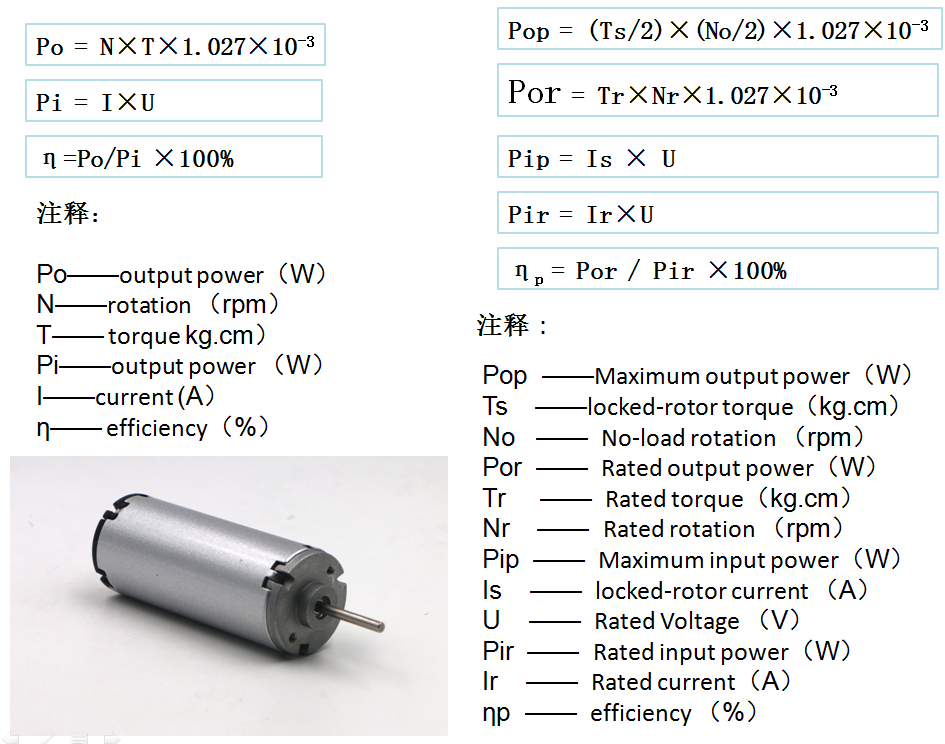 The lower the load, and, accordingly, the lower the operating speed, the longer the moto-hour will “stretch”.
The lower the load, and, accordingly, the lower the operating speed, the longer the moto-hour will “stretch”.
Important: there is no single formula for calculating engine hours for all types of equipment! Motohour is not equal to an hour of normal time! And it is not equal to 60 km traveled per hour at an average speed, as it is simplified when calculating TO where 250 m / h \u003d 15 t. km. For each motor, the hour is calculated individually. There is only a general principle of how to do it.
Engine hours for internal combustion engines can be compared with fatigue for a person: if you walk the same distance at a slow pace, or run, in the second option you will get tired in less time to the same state. But also, if you are faced with the task of overcoming 1 km on a flat road and 100 meters up the stairs, regardless of the speed and time spent, you will get tired more and earlier on these 100 meters.
Having done some work, a person can rest and recover, and the engine needs maintenance after work. Depending on the type (gasoline or diesel), volume, and power, the operating standards for different engines differ. Therefore, for each specific model, the manufacturer writes its resource before maintenance, or general, before overhaul - in hours.
Depending on the type (gasoline or diesel), volume, and power, the operating standards for different engines differ. Therefore, for each specific model, the manufacturer writes its resource before maintenance, or general, before overhaul - in hours.
To put it simply, for stationary engines delivering peak power over a reasonably flat RPM range, 1 hour is calculated as:
But this is very, very simplified, and is not suitable for calculating, say, the oil change interval in a motorcycle or quadric engine, which constantly experiences variable loads and operates in different temperature conditions.
For a more accurate calculation of the time when it is time for your motorcycle (quadric or generator) to carry out maintenance, there is Kublin's formula :
Actual mileage (in km) = (244.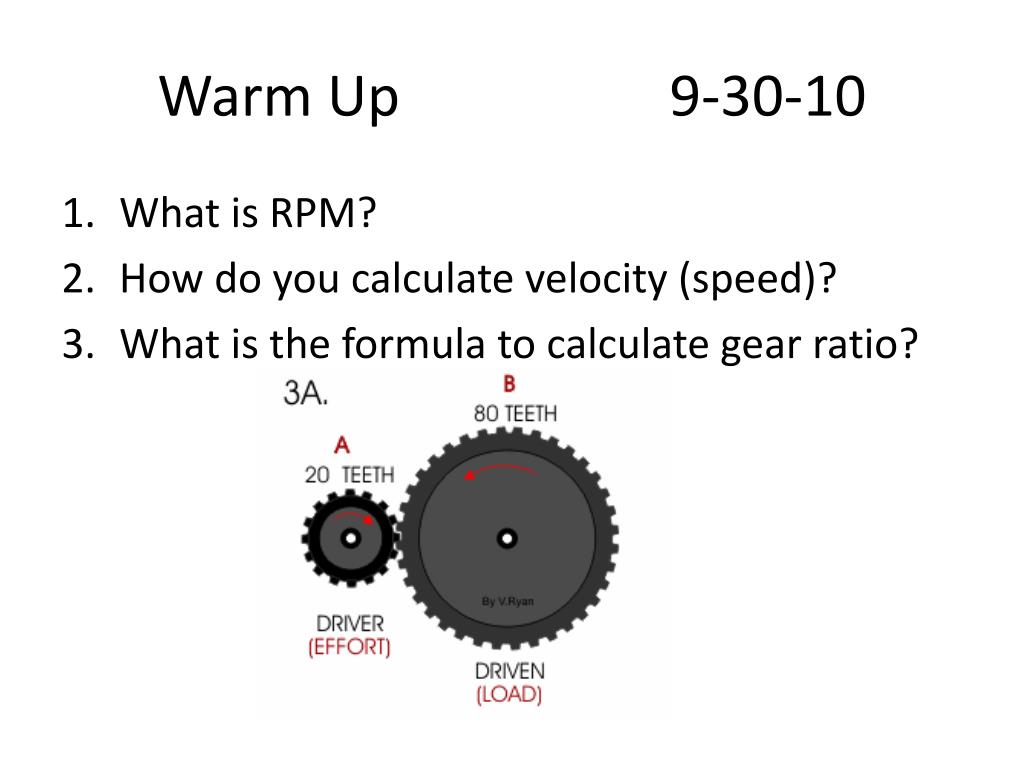 38 x TBN x Vm x Vdv) / ( L100 x Radar)
38 x TBN x Vm x Vdv) / ( L100 x Radar)
Where:
Here, a big role is given to the quality and type of the oil itself, the resource of which is also indicated in hours by the manufacturer. Mineral oils usually have less resistance and rarely "pass" over 150 hours. Semi-synthetics and hydrocracking - work up to 250, and good synthetics - from 300 to 500 m / h. If you wish, you can roughly translate engine hours - into a run to maintenance, multiplying the estimated figure by the average speed at which you drive. But this will also be a very, very conditional calculation. Because for engines of different sizes and capacities, for the same 5 tons of km, wear will vary significantly.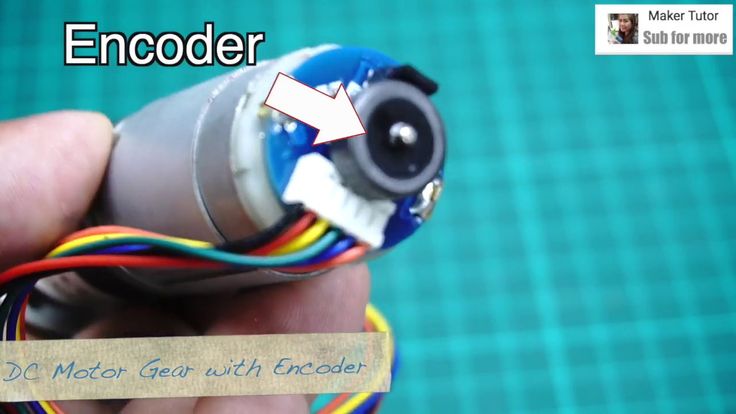
In order to calculate the service interval on vehicles whose engine wear does not depend on mileage, or depends, but not directly proportional. For example, a working gas generator, peacefully standing in the corner of a garage, has no run, but winds up motorcycle hours. Or a small “two strong” outboard motor - it will not be possible to “change the oil every five thousand” in any way, it will rather fall apart than live to such a run. This also includes children's ATVs, motorized towing vehicles, mowers and other small-capacity vehicles that work a lot, but do not “run over” even one “thousand” km per season. And given the significant difference in the load, which can change even at one kilometer (ride up or down the slope, with or without a passenger, swim with or against the current) - a simple calculation of the engine running time is also not enough.
For a motocross bike not equipped with an odometer, the hour meter is the only instrument that indicates when it is time for service. By the number of hours, the replacement of filters, oils in the engine and box, candles, and piston rings is regulated. An approximate resource to the "capital" for off-road equipment is also indicated in hours. Not to be confused with " machine hours ": This is a unit of measure for construction or road equipment used to calculate fuel, rental or labor costs.
By the number of hours, the replacement of filters, oils in the engine and box, candles, and piston rings is regulated. An approximate resource to the "capital" for off-road equipment is also indicated in hours. Not to be confused with " machine hours ": This is a unit of measure for construction or road equipment used to calculate fuel, rental or labor costs.
Another aspect where these incomprehensible “moto-watches” are important is the assessment of the state of motorcycle equipment, more precisely, the resource of its motor when buying from hand, used. To understand the conditional 100 hours traveled is how many, many or few, for a particular pit bike, snowmobile or ATV, you need to look at its owner's manual. Of course, the data could be reset, but then the discrepancy between the indicators of the counter and the general condition - wear of rubber, steering wheel grips, seats, plastic will catch your eye.
Hours are calculated either accurately, by electronics, taking into account the number and speed of revolutions of the crankshaft or ignition strokes, or, approximately, by calculating the amount of fuel used, taking into account the mileage, and the mode of operation of the engine. The on-board computer of modern ATVs, snowmobiles and motorcycles automatically counts engine hours and issues a warning about an upcoming maintenance. The BC takes data from the ABS sensors, crankshaft speed and coolant temperature, if any, or oil in the crankcase, if the motor is an air vent.
The on-board computer of modern ATVs, snowmobiles and motorcycles automatically counts engine hours and issues a warning about an upcoming maintenance. The BC takes data from the ABS sensors, crankshaft speed and coolant temperature, if any, or oil in the crankcase, if the motor is an air vent.
The most primitive way to find out how many hours a motorcycle engine has been running is to divide its mileage by its average speed. For a boat motor or generator, this method, of course, will not work - it’s easier to calculate engine hours by consumption. To do this, however, it is necessary to remember the amount of fuel consumed from the moment of the first launch, which is difficult. Engine hours - in kilometers are translated conditionally, using the same user manual, which indicates how many liters per 100 km the equipment “eats”. It is always necessary to add 15-20% to the nominal flow, then it will turn out closer to the actual one.
For the vast majority of off-road and household motor vehicles, the calculation is carried out by an electronic hour meter - a compact, inexpensive device, often combined in one housing with a tachometer. It is placed in a conspicuous place, its testimony is easy to read and unambiguously understood. The controller simply "accumulates" motor-hours from the moment of the first start and is reset manually - during maintenance. Depending on the model, counters are programmable or not, designed to count the hours of two and four-stroke engines.
It is placed in a conspicuous place, its testimony is easy to read and unambiguously understood. The controller simply "accumulates" motor-hours from the moment of the first start and is reset manually - during maintenance. Depending on the model, counters are programmable or not, designed to count the hours of two and four-stroke engines.
By type, the hour meter is electronic-mechanical, electronic (induction) and vibration. The first option is used mainly in tractors and is rarely found on small motor vehicles:
An electronic meter is attached by a sensor (signal wire) to a high-voltage wire and reads the pulse of the generated spark, and with its body it “lives” on the steering wheel or in the tank area.
Vibrating - fastened directly by the body to that part of the engine or its lining, which most clearly transmits vibrations from work. This counter is more often used for diesel engines:
Induction option - can only be used in engines with a spark ignition system: gasoline and LPG. If the motorcycle is not equipped with a factory controller, you can install it yourself. It is not difficult, the main thing is to read and understand the instructions. The functionality of most electronic motor hours is the same: only two buttons and a 4-5 digit display.
If the motorcycle is not equipped with a factory controller, you can install it yourself. It is not difficult, the main thing is to read and understand the instructions. The functionality of most electronic motor hours is the same: only two buttons and a 4-5 digit display.
Typical settings for an induction meter with a tachometer - mode selection:
The device works automatically, starting with the engine. There are more complicated options, designed for multi-cylinder engines, and simpler ones - only for single-cylinder 2-stroke engines, without a tachometer, without settings. Which hour meter to choose depends entirely on the type of motor. Of the additional options - be sure to make sure that there is good moisture protection. A clock with a tachometer is usually powered by a built-in battery.
If pops are heard when starting or operating the ATV, the rider must definitely figure out why the ATV is firing. The fact is that such a problem occurs with various breakdowns, ranging from the carburetor to the ignition. This means that ignoring the “shots” will lead to a number of malfunctions, including: valve burnout, engine overheating, cylinder compression failure, damage to the intake system, etc. Remember that even if you decide to buy a top-brand quadric, it will need to be regularly service.
ATV silencer popping can be caused by a number of problems. Their list includes:

Poor quality fuel (with impurities or water) can also cause the problem. Therefore, before diagnosing an ATV, it is recommended to drain the old gasoline and fill in new fuel.
The most common reason an ATV fires and stalls is an improperly prepared fuel mixture. For example, if the composition is too lean, the rider will hear pops coming in bursts, and their frequency will increase as the rpm increases.
But if there is too much gasoline in the composition (rich mixture), part of the fuel remains on the walls of the muffler, and then explodes. A sharp ignition of the settled mass leads to strong cotton and burnout of the system components.
You can determine the quality of the fuel mixture not only by "shots", but also by the spark plug. If the mixture is poor, the candle will have a pale hue. And with an excessively rich composition, a velvet soot is formed on the component.
A simple reconfiguration of the ATV carburetor will fix the problem. By adjusting the needle valve, the rider can change the ratio of gasoline and oxygen.
Another reason why the ATV shoots in the muffler is a contaminated fuel mixture at the intake. The cause of the problem may be a clogged filter, damage to the sealing gasket, or a depressurized pipe (a crack or gap has formed). Replacing components and checking the tightness of the system will help solve the problem.
Sometimes pops appear even after replacing or upgrading the muffler. In this case, the owner of the equipment needs:
Popping can also occur due to high crankshaft speed. For example, with a reduction in the number of flashes at high speeds, the system delivers maximum fuel for some time. This leads to the fact that the mixture enters the muffler and begins to "explode" in bursts. This problem is especially noticeable when decelerating after a long acceleration.
This leads to the fact that the mixture enters the muffler and begins to "explode" in bursts. This problem is especially noticeable when decelerating after a long acceleration.
The most common problem with the ignition system is considered to be a weak spark on the candle. It is because of this that the quadric begins to stall or make “pops”. Therefore, the driver must first check:
Sometimes the problem appears after installing a new spark plug. In this case, you need to make sure that the glow number of the component is suitable for a particular motor.
If everything is in order with the spark plugs, you need to check the ignition timing. It may be set incorrectly, due to which the ignition is triggered late.